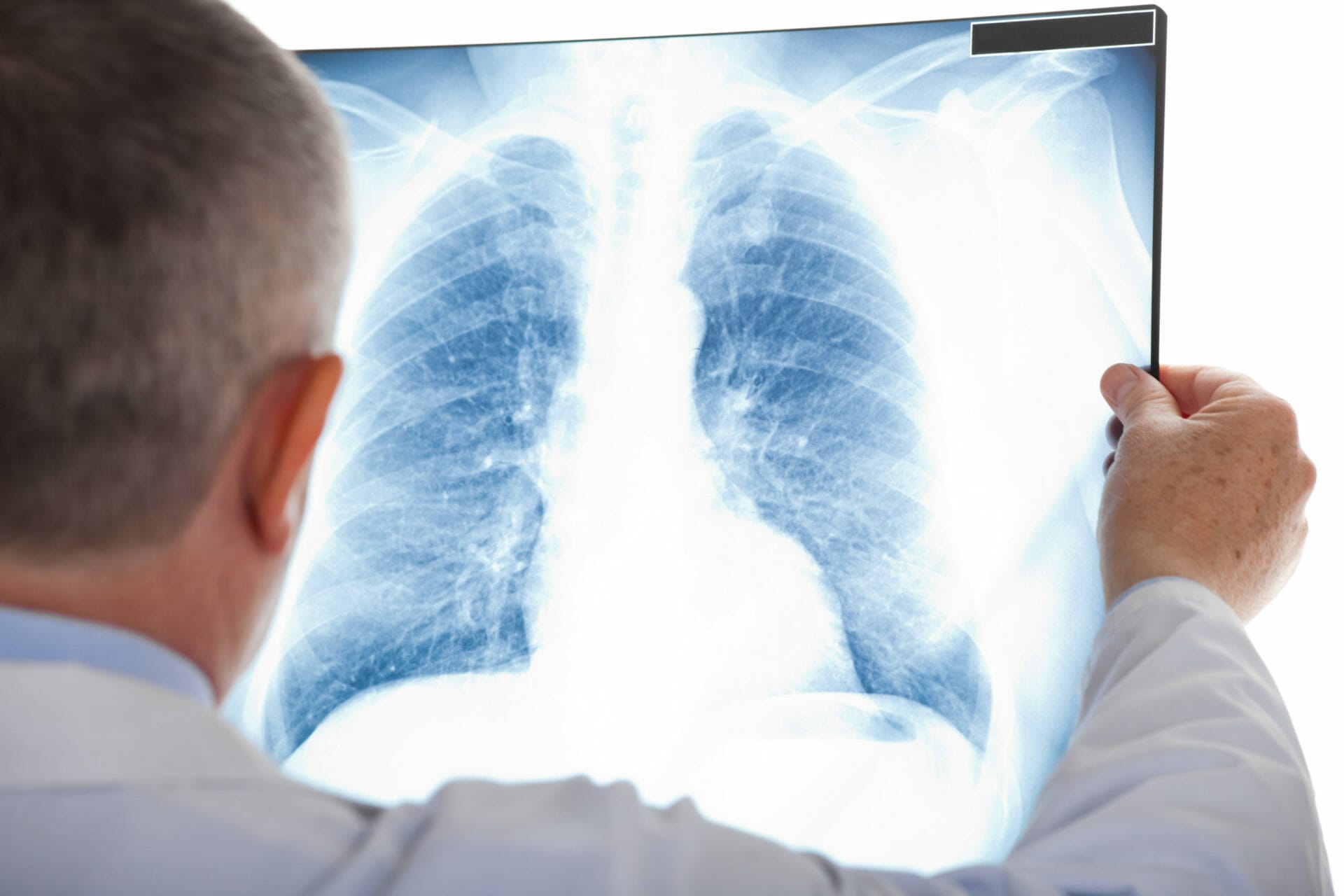Lung Nodules (Pulmonary Nodules)
What are lung nodules?
Lung nodules - also known as pulmonary nodules, a spot on the lung, or a coin lesion - are oval-shaped growths which develop in the lung. They are typically smaller than 3cm in diameter. Growths of a larger size are known as a pulmonary mass and are generally more likely to be a cancer rather than a nodule.
Most lung nodules are noncancerous and are routinely discovered during imaging tests such as CT scans and X-rays.
Symptoms of lung nodules
Lung nodules usually produce no symptoms. If symptoms are present, they would typically be related to the condition that has caused a lung nodule. When the nodule is caused by lung cancer, a patient may experience symptoms such as a new cough, or coughing up blood. In general, lung nodules go unnoticed until a CT scan or x-ray of the lungs is conducted.
Causes of lung nodules
The two main types of lung nodules are: noncancerous (benign) and malignant (cancerous). Most lung nodules which have a diameter smaller than 2cm are noncancerous.
Noncancerous lung nodules can have a broad range of causes, with many being the result of lung inflammation that has developed due to a disease or infection. The nodule itself can be part of the scar tissue formation process which is related to inflammation.
Among the infections which can cause lung nodules are mycobacterium tuberculosis and fungal infections. These type of infections are commonly not active. There are also noninfectious causes of noncancerous lung nodules, such as granulomatosis with polyangiitis (GPA), sarcoidosis and rheumatoid arthritis. These conditions can present with granulomas - small areas of inflammation - in the lungs.
Neoplasms (abnormal growths) can cause either noncancerous or cancerous malignant. Noncancerous neoplasms include a hamartoma (abnormal normal tissue grouping), a fibroma (a lump of fibrous connective tissue), a blastoma (growth of immature cells), and a neurofibroma (a lump consisting of nerve tissue).
Among the cancerous forms of lung nodules are: lymphoma (a growth of lymphoid tissue), lung cancer, sarcoma (a tumour formed by connective tissue), carcinoid (a small cancerous growth which develops slowly), and metastatic tumours (which have spread to the lungs from cancer in a different part of the body).
Dr. Amit Patel is a leading London respiratory consultant. For enquiries and to book a consultation with Dr Patel, call 0208 341 3422.

Treatment options for lung nodules
Lung nodules are usually not cancerous, but it is important that those which are malignant are identified as early as possible.
Imaging tests such as CT scans and chest x-rays usually offer the first indication that a lung nodule is present. Once a lung nodule has been identified, your doctor is likely to ask questions about your medical history, including whether you are a smoker, or have had cancer in the past.
For cases which require further evaluation, a positron emission tomography (PET) scan can be used to find out if the nodule is cancerous or non-cancerous. A PET scan does this by assessing the metabolic activity level of a nodule.
A biopsy
a procedure which involves taking a tissue sample from the nodule for examination - can be performed if other tests have proved inconclusive. The biopsy usually employs one of two methods - a bronchoscopy or needle biopsy.
Noncancerous lung nodules do not require treatment. In the case of cancerous nodules, they should be surgically removed so long as the patient is fit and the cancer has not spread. Surgery can also be recommended when biopsy results are inconclusive, but there is a concern that the nodule could be cancerous.
The main types of surgery for lung nodules treatment are; a thoracotomy, which is a type of open lung surgery; and video-assisted thoracoscopy, which uses a flexible tube with a camera (thorascope) and involves smaller incisions.
